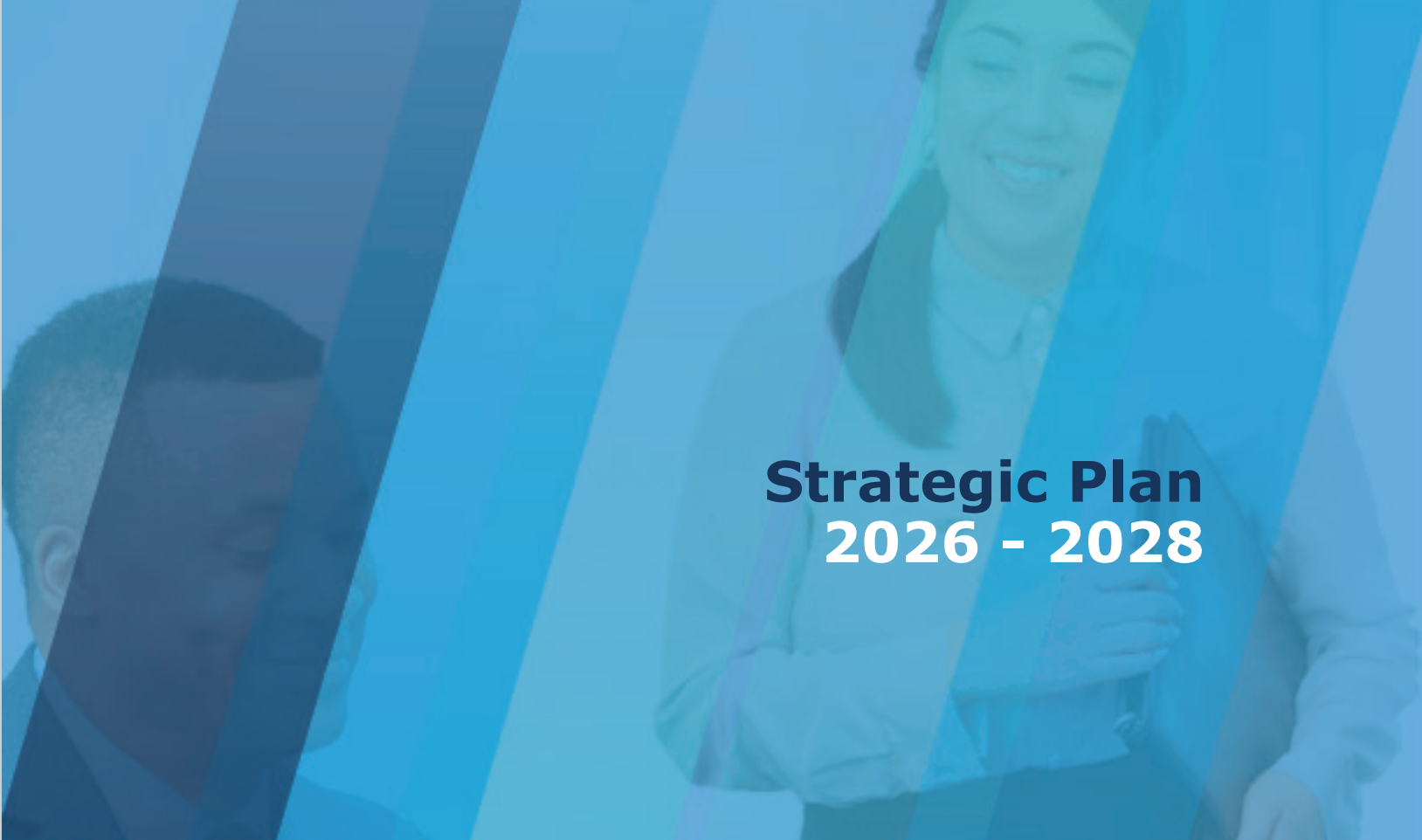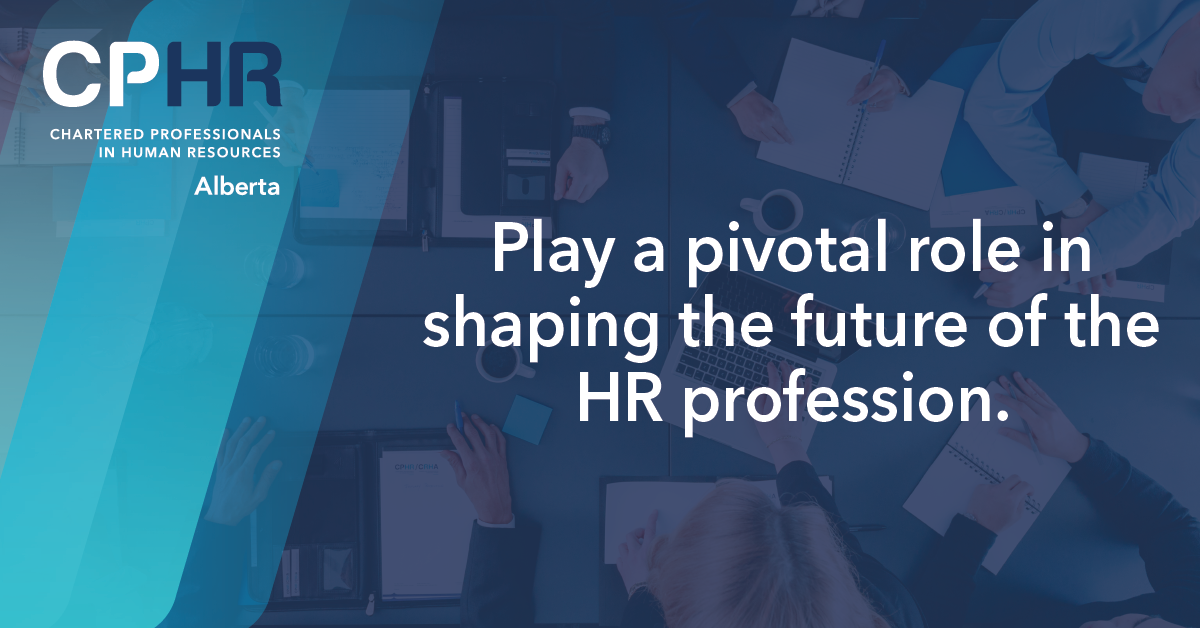
Are you a candidate for the Senior Path to the CPHR designation?

Author : Debbi Ross
Are you a candidate for the Senior Path to the CPHR designation?
If you have a degree or masters in any subject, have worked for more than ten years in a professional HR role and can provide evidence that you have at least five years of experience at a senior HR level role, you may be a good candidate for the Senior Path Evaluation (SPEVA).
The Senior Path allows individuals who did not complete an HR program at a post-secondary institution, yet have extensive HR career experience to apply for, and potentially receive the CPHR designation. We recognize that some HR professionals achieve the knowledge and skills required to practice competently and ethically through extensive work experience. The Senior Path gives credit for many years of HR experience and expertise and does not require the applicant to write an exam.
The Senior Path allows for either Generalists or Specialists to qualify for the CPHR designation, as long as you have strategic level work experience, have had a large impact on your organization, are at a high level of decision-making authority and can demonstrate competence as required under the CPHR Canada Competency Framework.
Review Requirements for the Senior Path Experience Validation Assessment here
Tips for Successful Senior Path EVA Applications
If you feel you qualify for the Senior Path, submit a Senior Path Questionnaire through your member profile. Once approved for the Senior Path, you will then need to complete your Senior Path EVA Application.
In the SPEVA application, you will be asked to demonstrate how you meet the competencies as outlined. The most important thing to remember when writing examples for these competencies, is that the reviewer is assessing how your answer provides proof of your ability to apply experience, knowledge and skill, at a high standard, in each of the competency areas.
The reviewer needs to confirm that you not only understand HR principles, theory, and best practice, but that you have real-world workplace experience in applying that knowledge.
The reviewer is also looking to determine your level of independence, autonomy and decision-making authority as you cite your examples and describe your experiences.
Writing Good Examples for Competencies
When offering examples for each competency, we strongly recommend using a template referred to as STAR.
STAR examples describe the Situation , the Timeframe , the Actions YOU took, (or decisions you made) and the Results .
Before you start writing, make sure that the example you are using is the best demonstration of the functional dimension or enabling competency being discussed. writing. Ask a colleague for input if needed.
Answer the following questions to help you build your STAR example.
Situation:
- What was your role?
- what was at stake?
- what factors were at play?
- what types of decisions were required?
- How much responsibility, autonomy and decision-making authority did you have?
- Who else was involved?
Timeframe:
- When did this happen?
- How long did it take?
- What time pressures were you under?
- Was time a factor that influenced your actions?
Actions:
- What actions did you take to address the situation?
- What risks did you think about?
- How did you assess risk?
- What information did you have, need, or seek?
- What analysis did you undertake?
- What advice did you seek?
- What decision did you make, and why?
- Where did your authority start and end?
Results:
- What happened?
- What was the outcome for HR, managers, employees, or your company?
- Did you look back and analyze your actions?
- What did you learn?
In all examples, it is critical to explicitly describe your independence, autonomy and decision-making authority.
Reviewers need to know what types of decisions you would routinely make, and where your authority starts and ends. Be sure to include the impact of your decision-making. Please note if you were required to consult with your manager, if you were an advisor to a decision maker or if you made the decision yourself. Avoid using the word “we” and use “I” sentences to describe your actions and contributions. This is very helpful for the reviewer to make their determination of whether you meet this important requirement.
Closing Notes
An EVA application under the Senior Path is a big undertaking and you should expect it to take considerable time to draft, review, revise, update and submit your application. It is not necessary to provide examples in all functional dimensions. Instead, spend time submitting examples in your strongest areas while ensuring you meet the minimum number required.
Applications are reviewed by three independent reviewers. They all take their task of reviewing and assessing your application very seriously and spend many hours comparing your answers to the standards required. Take time to carefully consider your examples and follow the STAR method for each example making it easier to review and approve your application. We also recommend that you proofread your application for grammar, spelling and other mistakes prior to submission. We want everyone to be as successful as possible. Best of luck!
The views and opinions expressed in this blog post belong solely to the original author(s) and do not necessarily represent the views and opinions of CPHR Alberta.
The views and opinions expressed in this blog post belong solely to the original author(s) and do not necessarily represent the views and opinions of CPHR Alberta.





